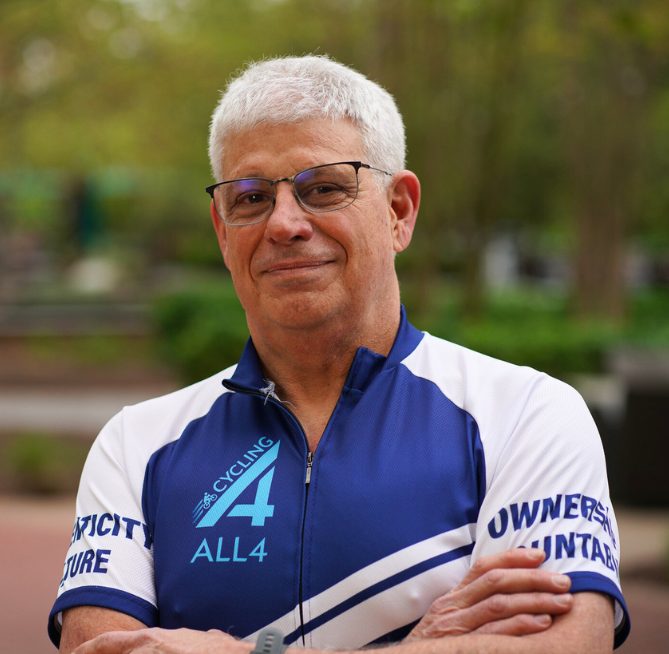Recent Revisions to U.S. EPA Reference Method 23
Posted: April 26th, 2023
Authors: Gene Y.
The U.S. Environmental Protection Agency (EPA) has released a revised version of 40 CFR Part 60, Appendix A –Method 23. [88 Fed. Reg. 16732 (Mar. 20, 2023)]. Even the title changed: from “Determination of Polychlorinated Dibenzo-p-Dioxins and Polychlorinated Dibenzofurans from Stationary Sources” to a more endearing “Determination of Polychlorinated Dibenzo-p-Dioxins, Polychlorinated Dibenzofurans, Polychlorinated Biphenyls, and Polycyclic Aromatic Hydrocarbons from Stationary Sources.”
Method 23 was originally published in 1993 (with small revisions since then, as necessary). U.S. EPA is revising the method because since 1993, procedures have evolved and the ability to measure the subject compounds has improved.
What are the big changes?
- The biggest change is the expansion of the analyte list. The new method picks up Polychlorinated Biphenyls (PCB) and Polycyclic Aromatic Hydrocarbons (PAH) along with the Polychlorinated Dibenzo-p-Dioxins and Polychlorinated Dibenzo Furans (PCDD/F). Before now, EPA did not publish methods for PCB or PAH. When it was necessary to measure these analytes, method choices included methods from other sources, including the California Air Resource Board (CARB). It is not a requirement of Method 23 that all three analyte sets be measured. The requirement for any particular analyte or analyte group can be accommodated within the methodology of Method 23.
- EPA recognized that in a world of evolving methodology and technology, there is a need to add flexibility to the method. To that end, Method 23 is changed from a “prescriptive method” to a method allowing flexibility in methodology as long as the method performance criteria are met. EPA stated in this revision:
From the Summary of Revisions: “The primary focus of the final revisions to Method 23 is to change the method from a prescriptive method to a method which allows users to have flexibility in implementing the method (e.g., choice of gas chromatograph (GC) column, the procedures used for sample cleanup) while still meeting performance criteria that the EPA believes are necessary for demonstrating and documenting the quality of the measurements for the target compounds”. [88 Fed. Reg. 16,734 (Mar. 20, 2023)]
From the Revised Section 1.4: “This method is “performance-based” and includes acceptability criteria for assessing sampling and analytical procedures. Users may modify the method to overcome interferences or to substitute superior materials and equipment, provided that they meet all performance criteria in this method.” [88 Fed. Reg. 16,742 (Mar. 20, 2023)]
What does that bit about “performance-based” mean?
Basically, “performance-based” means that the measurement team (sampler and lab) do not need to follow a method-specified procedure. If a lab finds a better piece of equipment for concentrating samples, or an instrument manufacturer makes a better, more sensitive, more discerning instrument, they can use those new approaches. They just have to meet the performance specifications of Method 23, without worrying about equipment specifications or procedural specifications.
What are the geeky detailed changes?
Truly, there are too many for the scope of this blog. Here are a few that are worth noting:
- The revised Method 23 takes advantage of some great strides in preparation of isotopically labeled compounds. For PCDD/F and PAH the method specifies the use of an isotopically-labeled analogue for each analyte. Previously, groups of analytes were assigned to a smaller set of analogues. This will improve quantification.
- The method no longer specifies the use of dichloromethane in sample recovery. This eases some safety concerns for field teams, waste disposal issues for host facilities, and issues with sample shipment.
- The method now requires collection of a field blank. This was always good practice but is now a requirement. The field blank is done during testing while the sampling program is being completed. Make sure that your samplers are aware of this change. There is no provision to correct emission results for blank results. The blank is used only to assess contamination.
- The method added a specification for sample volume. This specification is for any application where the regulation/rule does not specify volume or duration.
Is the older data compromised?
- These methodologies are enhancements of the previous version and other methods. Unlike some other methods, these revisions were not made in response to flaws or biases. The older data are still meaningful and interpretable (within the constraints of any given test program).
What should I be aware of as the new version makes its way through the sampling and laboratory community?
- The revised version of Method 23 became effective on March 20, 2023. As with all methods, the transition from an older version happens over time. If you have a test program that is somewhere between the test protocol and the report submittal stage, we recommend you clarify which version of the method should be/was used.
- Many jurisdictions require laboratory and/or sampling accreditation. The method number has not changed, and those accreditations may still be in place. Again, we recommend you work with your sampler, laboratory, and accrediting agency to discuss any potential speedbumps with your sampling program.
The revisions to Method 23 not only address some much-needed analytical improvements but they also provide ability for continuous improvements through the inclusion of “performance-based” specifications. If you have more questions about the revisions to Method 23 or any additional test program questions, please contact me at gyoungerman@all4inc.com.

